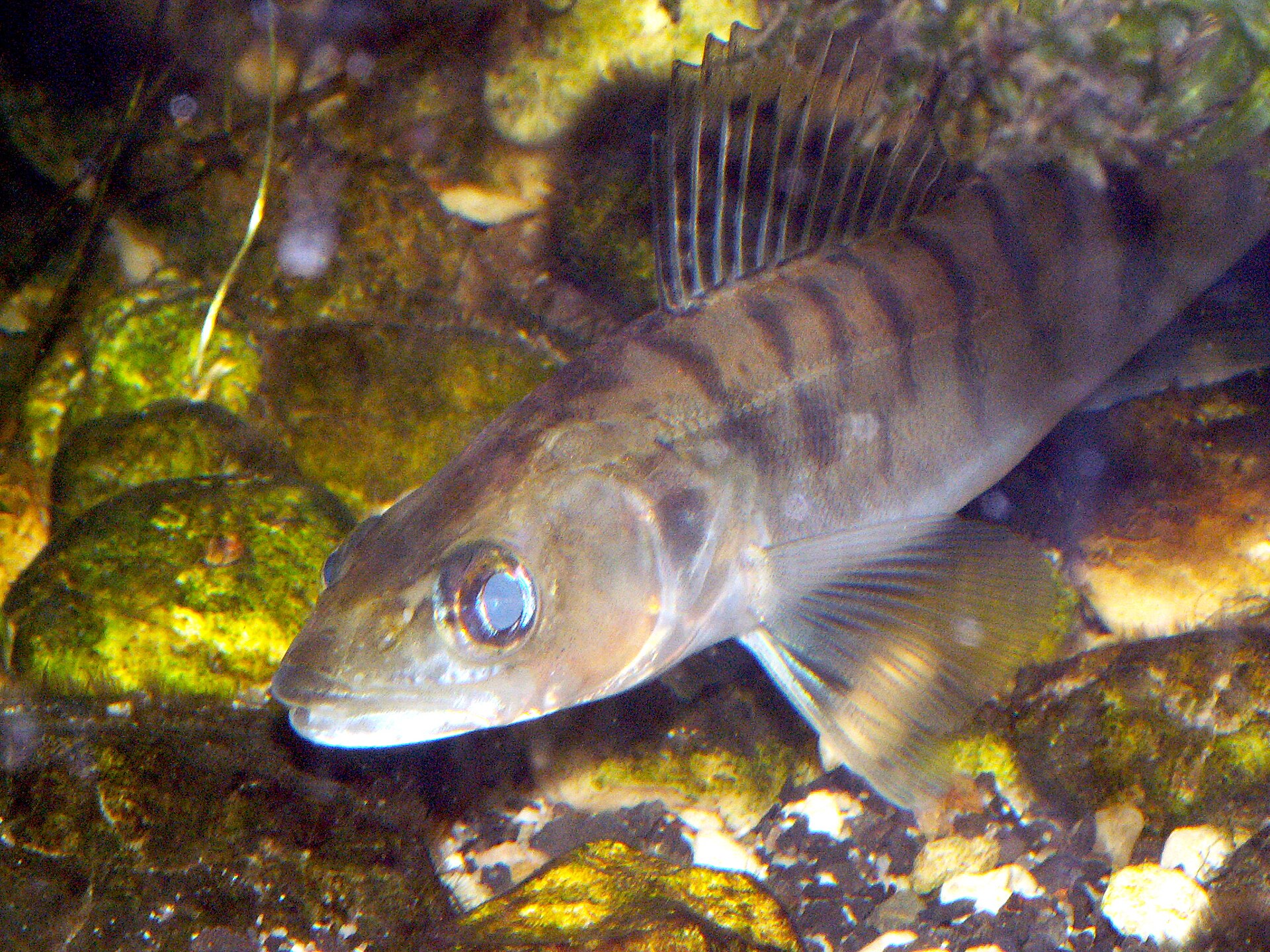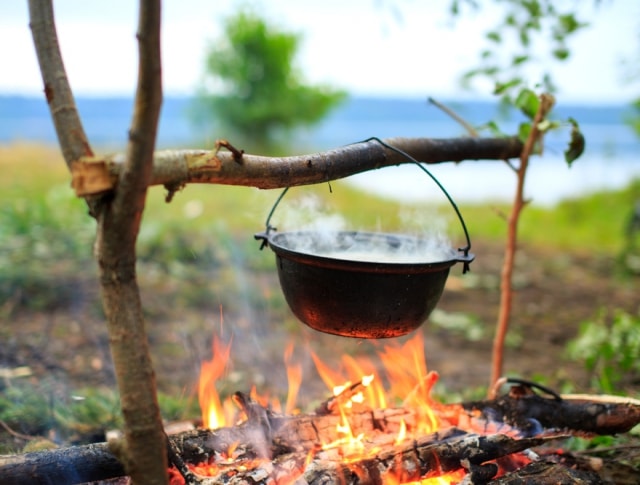
"Egy jó vacsora után az ember bárkinek megbocsát. Akár még a saját rokonainak is."
"After a good dinner, you forgive anyone. Even your own relatives."
/Oscar Wilde/
Főzzünk magyarul! Van kedved belesni egy klasszikus magyar konyhába? Let's cook in Hungarian! Would you like to indulge in classic Hungarian cuisine?
Te is izgalomba jössz, ha azt hallod, hogy gulyásleves, piros paprika, csípős füstölt kolbász,körömpörkölt, pacal, bográcsgulyás, Dobos-torta, Zserbó-szelet? Ha többet akarsz megtudni, akkor jó helyen vagy itt nálam.
Nagy fazékba vágom a fakanalamat, szándékaim szerint készíteni fogok egy teljes sorozatot a hagyományos magyar konyha ételeiből, sok-sok recepttel,képpel, hasznos információkkal, jó sztorikkal, történelmi hátérrel, angol és magyar nyelven.
Jó, jó, tudom, manapság már mindenki ezt csinálja, mi van ebben izgalmas? A forma, a megjelenés! Egyelőre minden más titok!
A célom az, hogy a magyar klasszikus konyhaművészetnél maradok, szeretném kifejezetten hangsúlyozni a hagyományos ételeinket, amik szépen lassan a modern kor reformkonyhájának és a "fine diningnak" köszönhetően kiszorulóban vannak.

Do you also get excited when you hear goulash soup, red pepper, spicy smoked sausage, cauldron stew ( i'll tell you about this soon), tripe, Dobos cake ,and Zerbó slice?
If you want to know more, you are in the right place here with me.I intend to put all my recipes into this journey,it's a big journey so i will do it in stages. I will make a whole series of dishes from the classic Hungarian cuisine, with lots and lots of recipes, pictures, useful information, good stories, historical background, in both English and Hungarian.
Okay, okay, I know, everyone's doing it these days, what's exciting about this?
The format, the appearance, the accuracy! It's a secret for now!
My goal is to stay with Hungarian cuisine, I would specifically like to emphasise our traditional dishes, which are slowly being displaced thanks to the reform kitchen of the modern era,"fine dining" and fast food.
A történelem hatása a magyar konyhakultúrára
The influence of history on Hungarian culinary culture
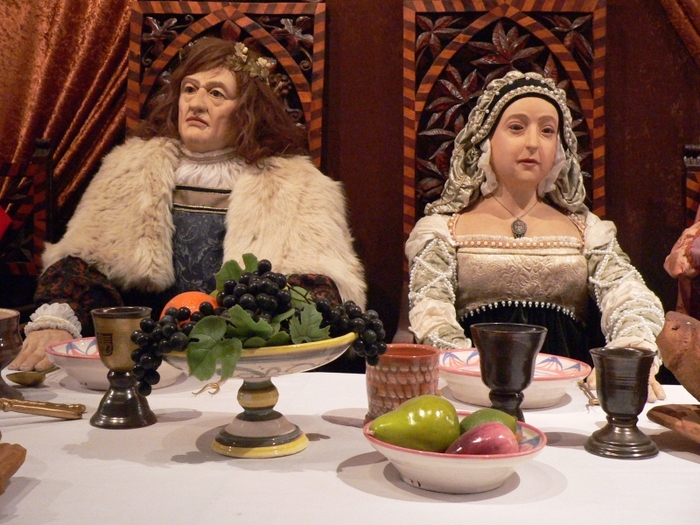
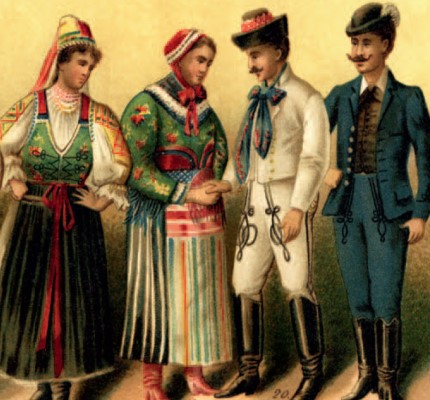

- "Reggelizz úgy, mint egy király, ebédelj úgy, mint egy polgár és vacsorázz úgy, mint egy koldus!"
- "Eat breakfast like a king, lunch like a citizen and dinner like a beggar!"
- A családi asztalon "minden étel egy szerelmi vallomás vagy ellenkezője, egy csöndes válóper" legyen! / magyar író:Mór Jókai /
- On the family table, "every dish should be a confession of love or the opposite, a silent divorce trial"! / Hungarian writer: Mór Jókai /
Tegyünk egy kis történelmi áttekintést a magyar konyha hátteréről. A történelem során néhány más nemzet kétségkívül meghatározó hatást és változást hozott a magyar gasztronomiába.
Let's do a little historical overview of the background of Hungarian cookery. In the course of history, some other nations have undoubtedly had a decisive influence and change on Hungarian gastronomy.
Mitől is olyan vonzó a magyar konyha? Azontúl, hogy bőséges és szíves vendéglátás jellemzi, elsősorban változatossága és ízgazdagsága teszi vonzóvá. Magyarország fennálásának ezeregyszáz esztendeje alatt mindig is számos más kultúrával került kapcsolatba, igy azok gasztronómiai jellegzetességeit is befogadta és továbbfejlesztette.
What makes Hungarian food so attractive? Apart from the fact that it is characterised by abundant and friendly hospitality, it is primarily attractive because of its variety and richness of taste. During the one thousand and one hundred years of Hungary's existence, it has always been in contact with many other cultures, and thus it has also adopted and developed their gastronomic characteristics.
A magyar konyha egyik jellegzetessége, a paprikás fűszerezés, meglepő vagy nem, de eléggé újkeletű. Szakácskönyveink a 19. században említik először.A török hódoltság idején ugyan már termesztették hazánkban, de ahhoz "gyaur" hitetlen hozzá nem férhetett, az a hódítók kiváltsága maradt!
One of the characteristics of Hungarian meals is paprika, surprising or not, but it is quite new. It was mentioned in our cookbooks for the first time in the 19th century. It was already grown in our country during the Turkish occupation, but "often" unbelievers could not access it, it remained the privilege of the conquerors!
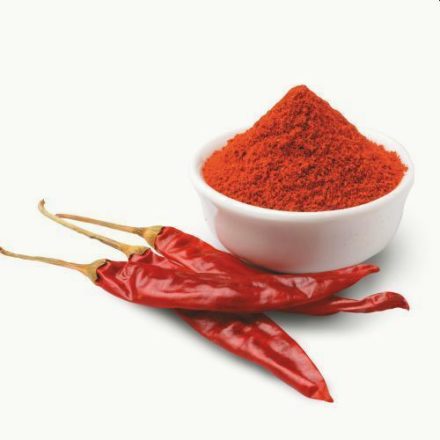
A paprika kiváltotta a méregdrága , keletről beszerezhetű borsot és gyönyörűen színezte is az ételeket.
No és vajon mi jellemezte a paprika megjelenése előtti magyar konyhát ?
Egyértelműen az, hogy sokkal változatosabb volt !!! Csombor, tárkony, turbolya,kapor, rozmaring,kömény, torma és sok más egyéb fűszer volt használatos, ezek mindegyike helyben, a kertekben meg is termett. A magyar nép köreiben szóba sem kerülhetett a bors, mert annak "arany " ára volt.
Jogosan merül fel a következő kérdés, hogy vajon mit is fűszereztek ezekkel a hozzávalókkal?!
Honfoglaló őseink elsősorban a birkát, a szürke "rideg" marhát és lovat hoztak magukkal a Kárpát-medencébe.Csak jóval később, a végleges letelepedés után jelent meg a sertés és baromfi a magyar konyhakultúra palettáján.A feudális Magyarországon a vadhús csak a nemesek és a király asztalára kerülhetett,ugyanis a nemesi tulajdonban lévő erdőkben vadászni de még fát vágni is tilos volt.
Paprika replaced the outragiously expensive pepper that was brought from the East and also colored the dishes beautifully. Well, what characterised Hungarian cuisine before the appearance of paprika?
Clearly, it was much more varied bunch,including tarragon, savory ,chervil, dill, rosemary, caraway seeds, horseradish and many other herbs and spices were used, all of which were grown locally in the gardens. For the ordinary Hungarian people, pepper could not even be discussed, because it had a "golden" price tag.
The next question rightly arises, what did they season with these ingredients?! Our conquering ancestors mainly brought sheep, Hungarian grey cattle, and horses with them to the Carpathian basin. It was only much later, after the final settlement, that pork and poultry appeared on the palette of Hungarian culinary culture. In feudal Hungary, game meat was only available to the noblemen and could end up on the king's table, after all, it was forbidden to hunt or even cut wood in the forests owned by the wealthy.
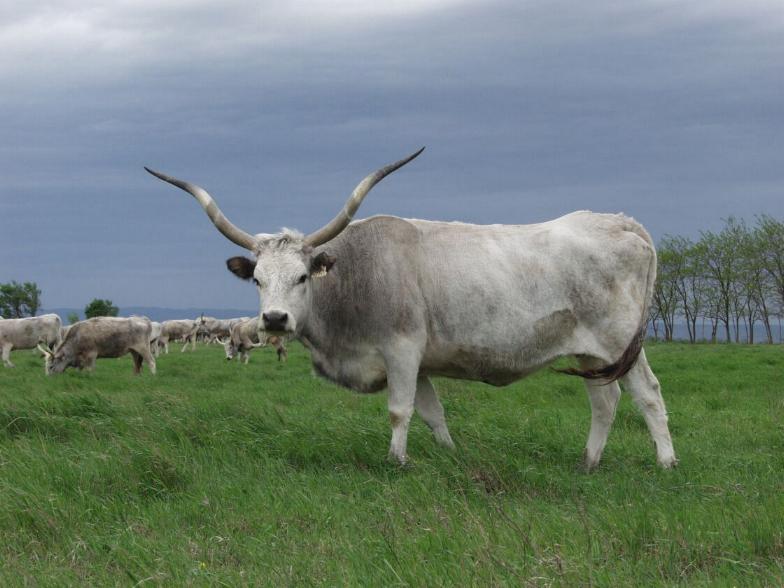
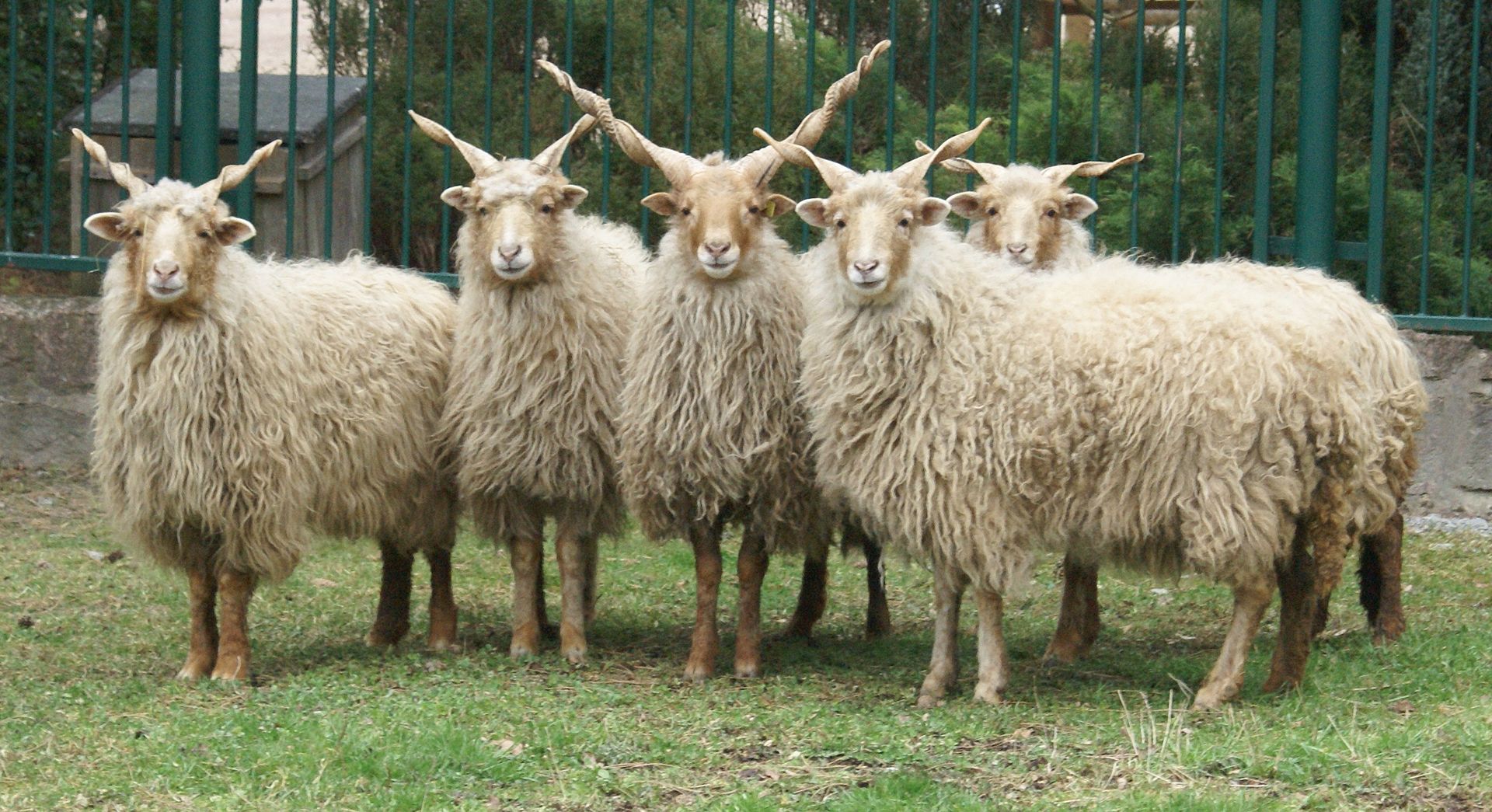
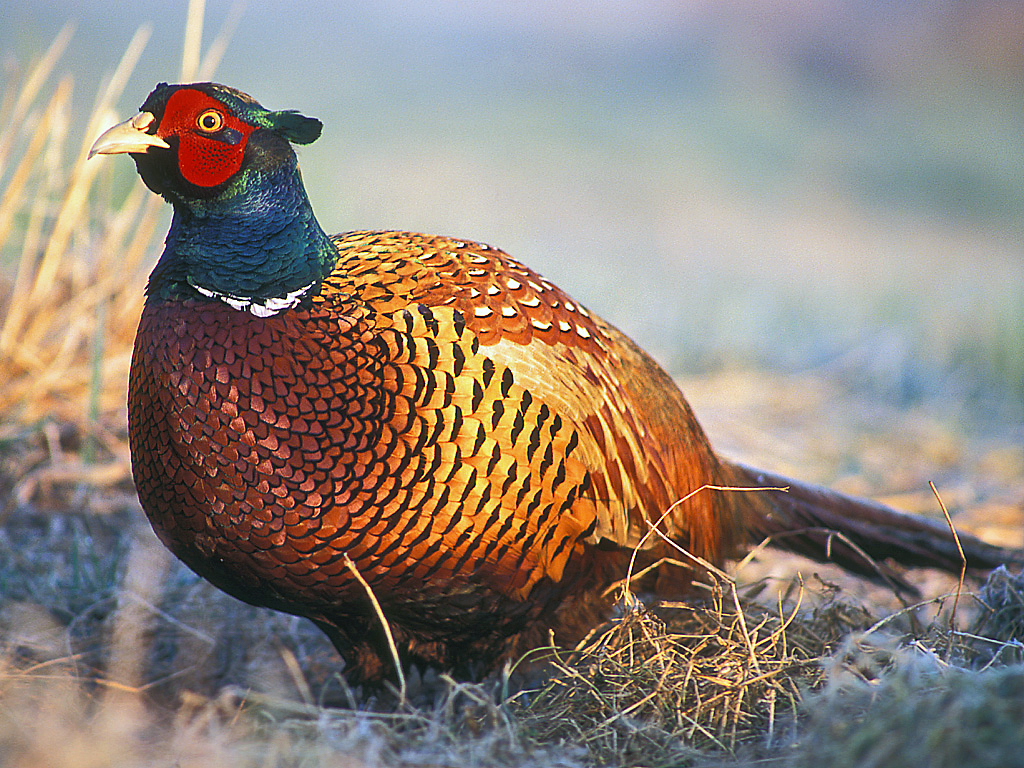
De ott voltak ám a halak, bőven, érintetlen ízvilágukkal, mint a tiszta vizek ajándékai.Elképzelni is nehéz ma az akkori halbőséget! Hazai folyóink, a Duna, Dráva, Száva, Maros, Tisza,Kőrös vizei mentén a lakosság kizárólag a halakból élt.
But the fish were there, in abundance, with their pristine taste, like gifts from the clear waters. It is hard to imagine the abundance of fish back then! Along our domestic rivers, the Danube, Dráva, Száva, Maros, Tisza, Kőrös, the population lived exclusively on many varieties of fish.


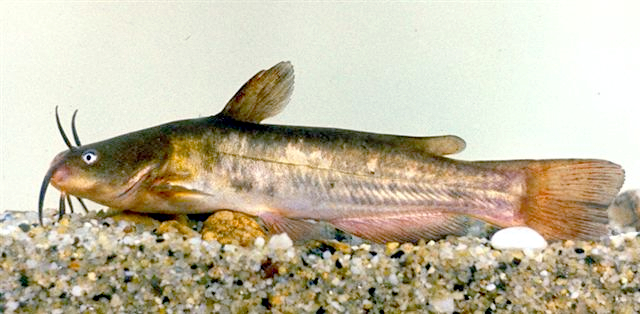
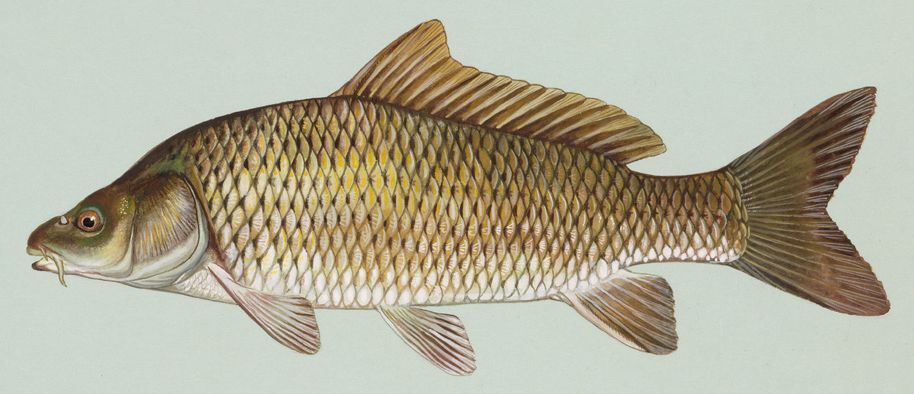
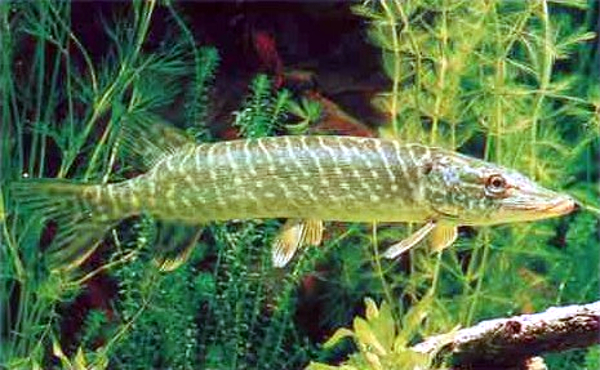
A reneszánsz konyha új ízeket hozott, Mátyás király második felesége , Aragóniai Katalain Itáliából behozatta és elterjesztette a fokhagyma és vörörhagyma használatát.
A gabonafélék családjából népszerű volt a búza, rozs,árpa. Az első kettőből kenyér, az utóbbiból pedig sör készült.
Renaissance cuisine brought new flavours, for example the second wife of King Matthias, Katalin of Aragon, brought garlic,shallots, and red onion from Italy. These ingredients soon became the basis of many dishes.
From the cereal family, wheat, rye, and barley were popular. Bread was made from the first two, and beer from the last one.
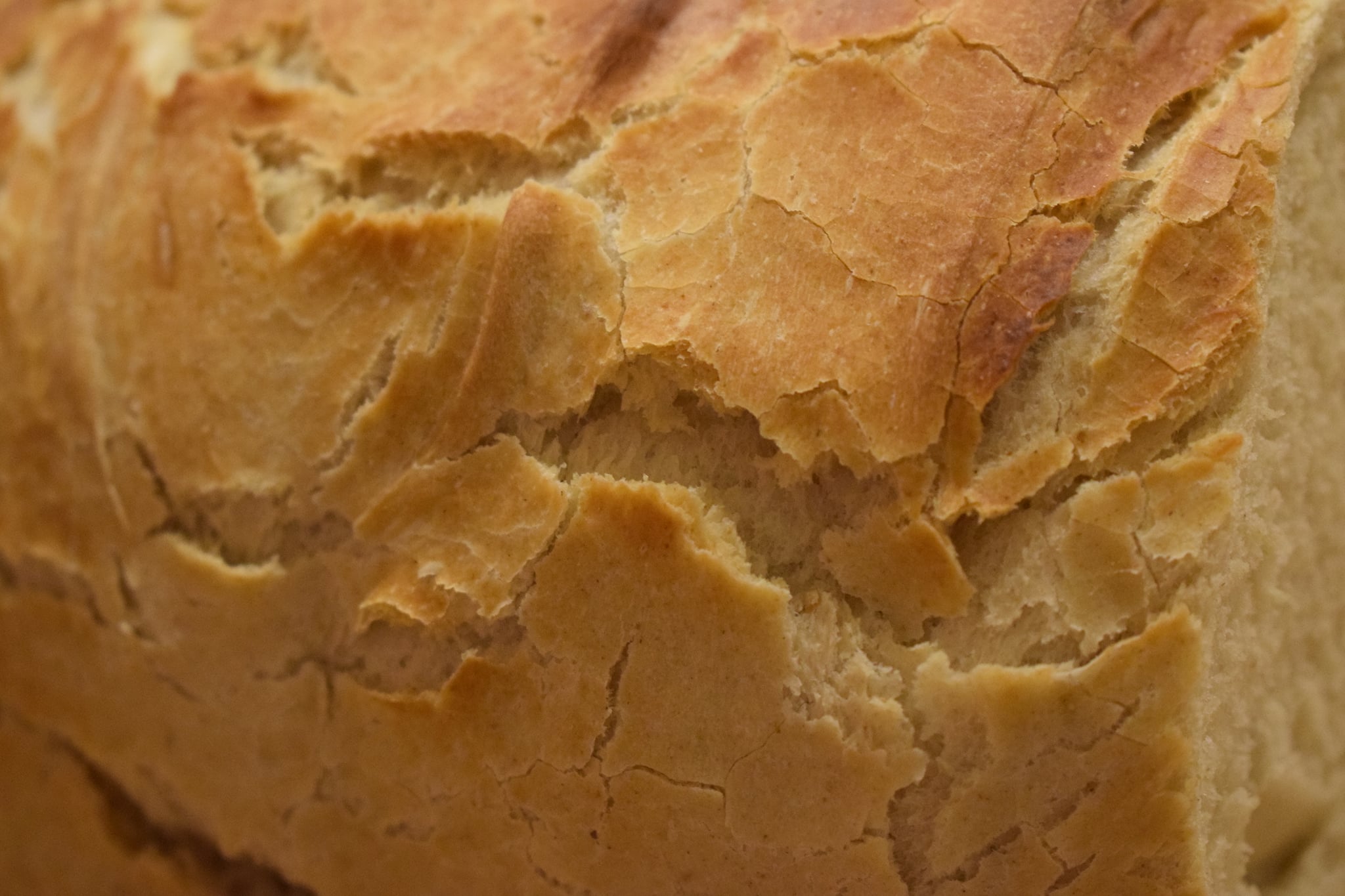
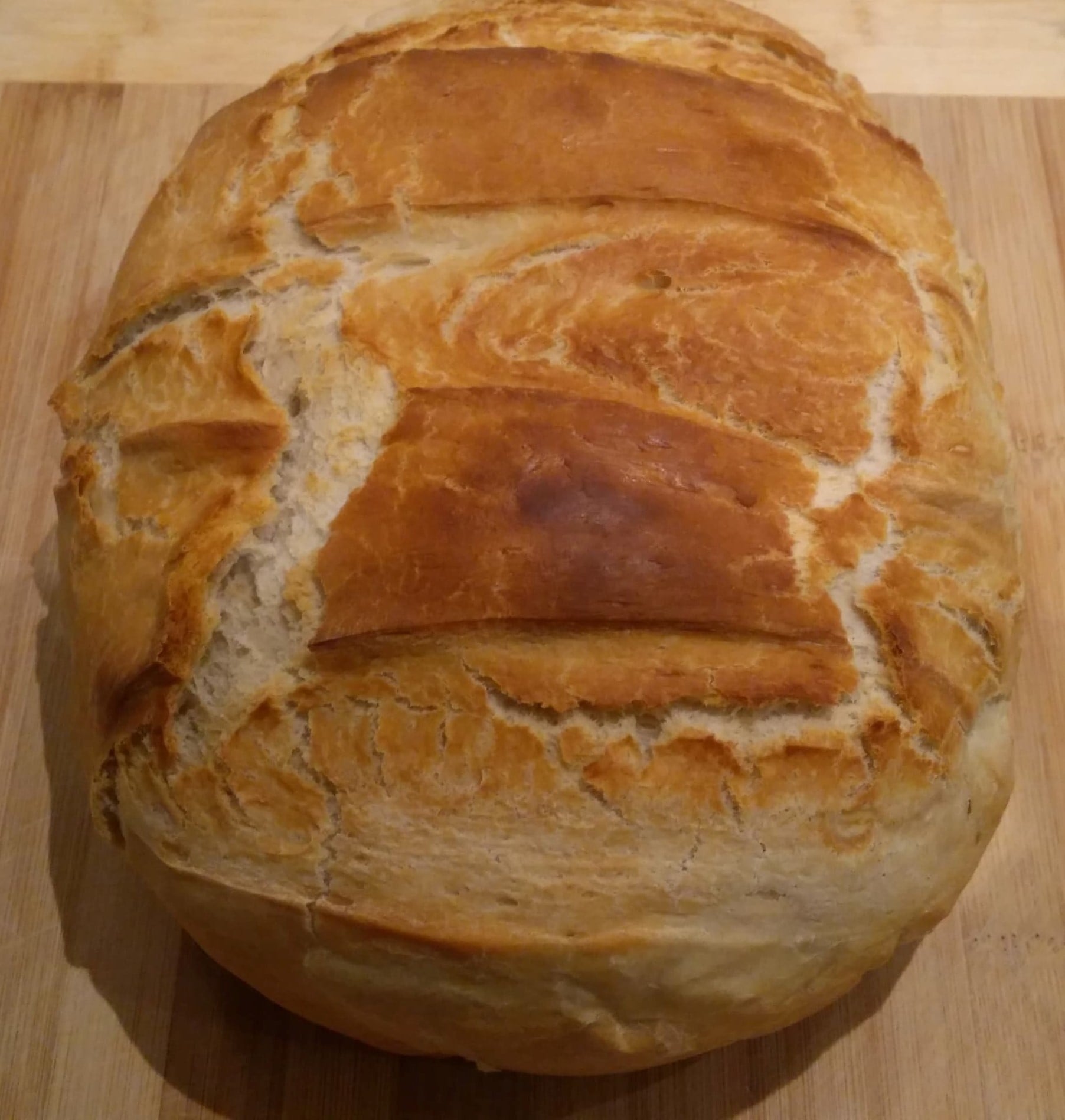
Igen, én arra buzdítalak, hogy süssünk otthon hagyományos kovászos kenyeret, főzzünk 2 fogásos ebédet, zárjuk egy jo piskótával, vagy egy szelet Dobos tortával, nyáron tegyünk el befőttet, savanyúságot, főzzünk lekvárt és pálinkát is. Tartsunk a hátsókertben csirkét, tyúkot,galambot, libát, kacsát, kecskét, télen vágjunk le egy disznót, kerüljön a spájzba, padlásra, hűtőbe a sok finom feldolgozott "jóság".
Yes, I encourage you to bake traditional sourdough bread at home, cook a 2-course lunch, finish it off with a good sponge cake or a slice of Dobos cake, make preserves and pickles in the summer, make jam and if it's legal palinka as well. Let's keep chickens, hens, pigeons, geese, ducks, goats in the backyard, butcher a pig in the winter if it's legal of course, put all the delicious homemade "goodness" in the pantry, attic, and refridgerator so you can enjoy all year round.
